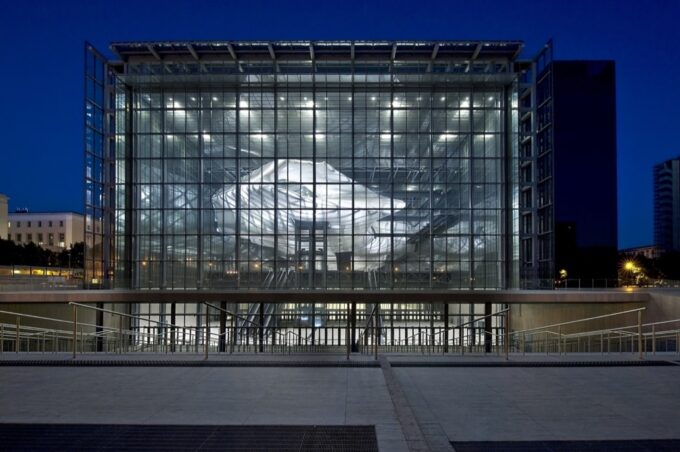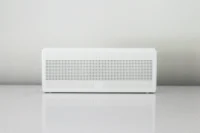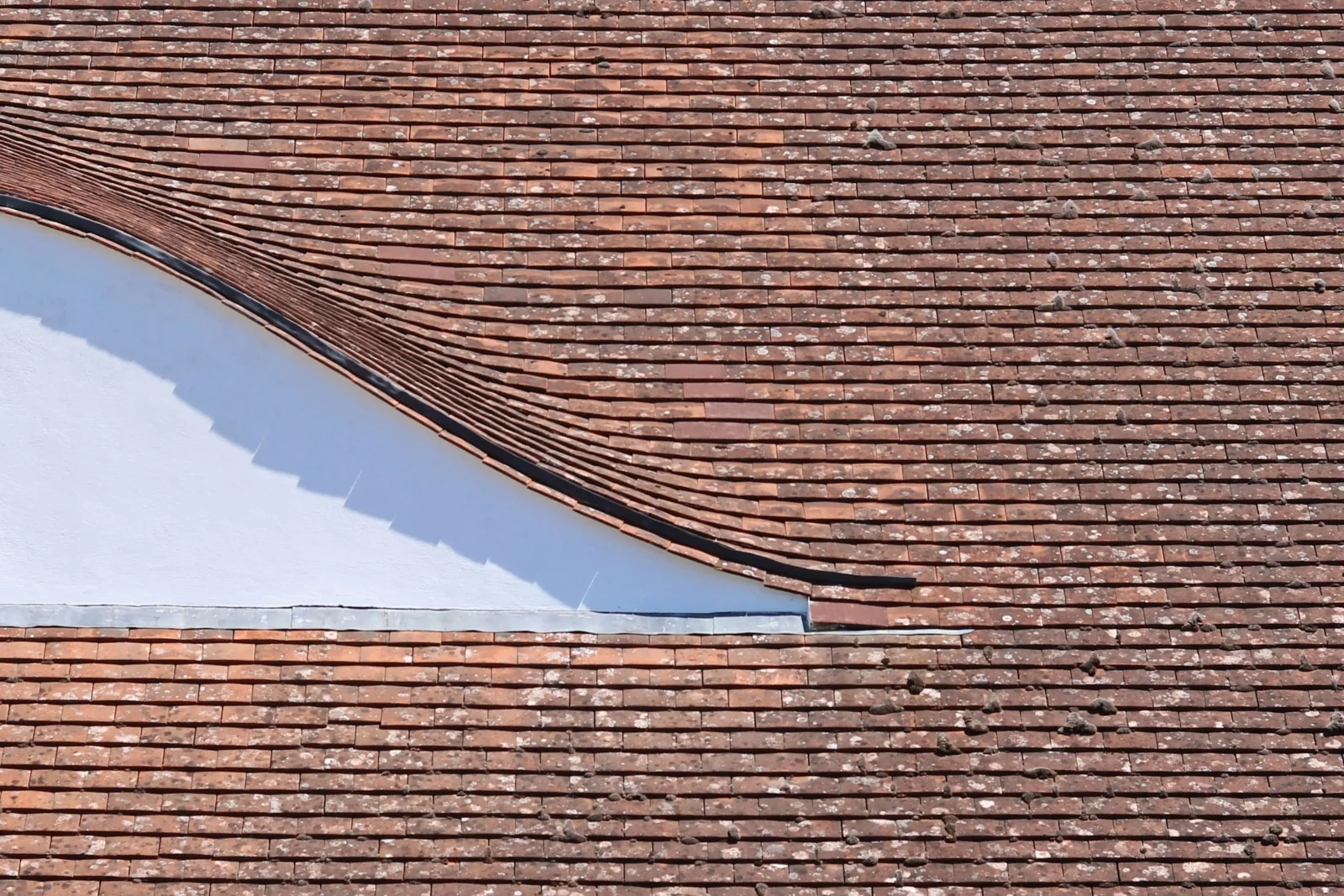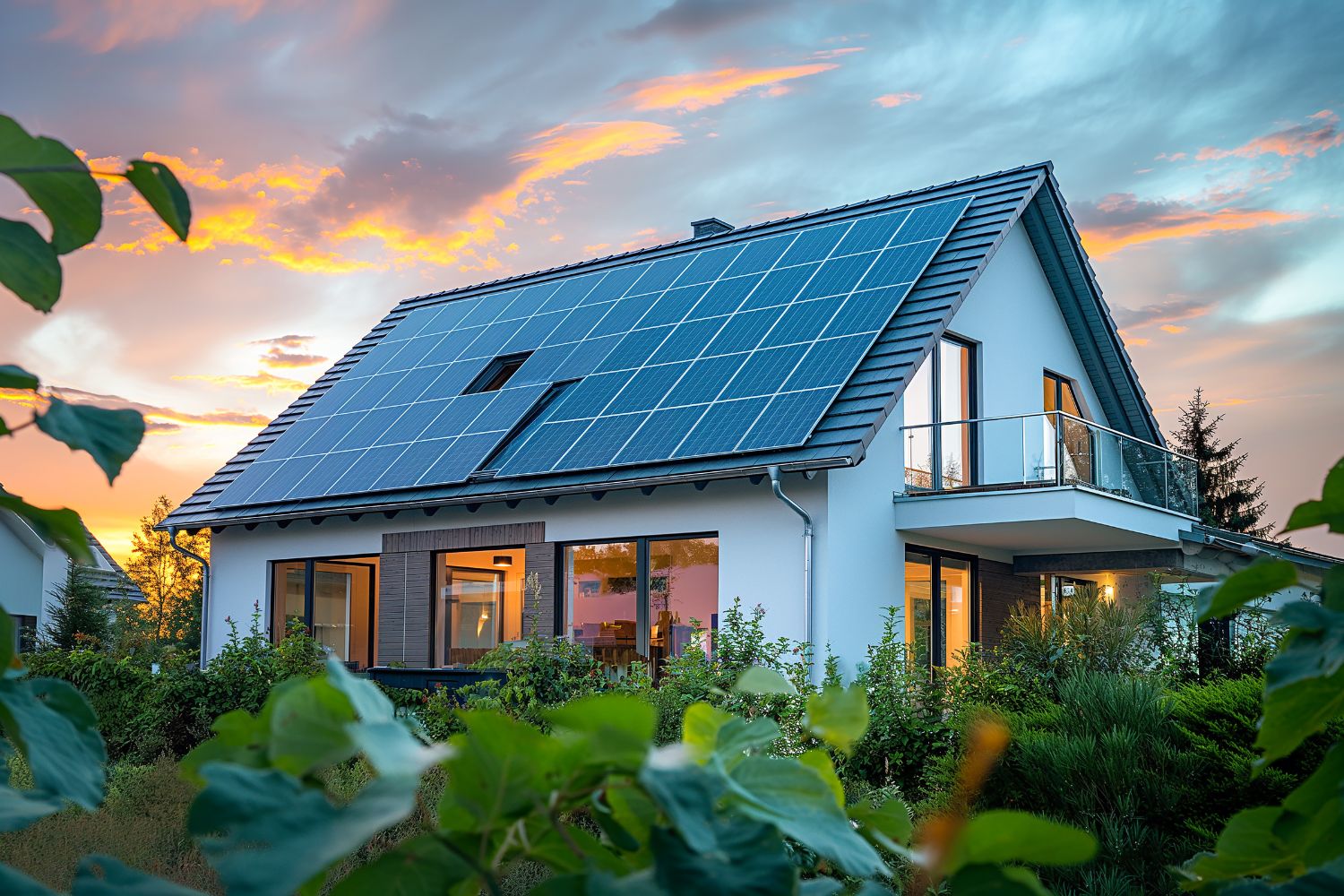- Home
- Articles
- Architectural Portfolio
- Architectral Presentation
- Inspirational Stories
- Architecture News
- Visualization
- BIM Industry
- Facade Design
- Parametric Design
- Career
- Landscape Architecture
- Construction
- Artificial Intelligence
- Sketching
- Design Softwares
- Diagrams
- Writing
- Architectural Tips
- Sustainability
- Courses
- Concept
- Technology
- History & Heritage
- Future of Architecture
- Guides & How-To
- Art & Culture
- Projects
- Interior Design
- Competitions
- Jobs
- Store
- Tools
- More
- Home
- Articles
- Architectural Portfolio
- Architectral Presentation
- Inspirational Stories
- Architecture News
- Visualization
- BIM Industry
- Facade Design
- Parametric Design
- Career
- Landscape Architecture
- Construction
- Artificial Intelligence
- Sketching
- Design Softwares
- Diagrams
- Writing
- Architectural Tips
- Sustainability
- Courses
- Concept
- Technology
- History & Heritage
- Future of Architecture
- Guides & How-To
- Art & Culture
- Projects
- Interior Design
- Competitions
- Jobs
- Store
- Tools
- More
Thermal Bridge Mastery: Revolutionizing Commercial Roofing Through Advanced Parapet Details

When architects approach commercial roofing design, the parapet connection often becomes the Achilles’ heel of thermal performance. Think of thermal bridges like energy vampires, silently draining a building’s efficiency through seemingly innocent construction details. These invisible pathways create condensation problems, energy waste, and occupant comfort issues that can haunt a project long after the ribbon-cutting ceremony.
Modern commercial flat roofing systems demand sophisticated thermal bridge solutions that balance structural integrity with energy performance. Understanding these critical connections transforms routine construction details into architectural opportunities for enhanced building performance and occupant satisfaction.
Table of Contents
ToggleThe Science Behind Thermal Bridging
Thermal bridges occur wherever continuous materials create pathways for heat transfer through the building envelope. In flat roof parapets, structural elements like steel beams, concrete connections, and continuous masonry create these problematic pathways. Picture a metal spoon left in hot soup – the handle quickly becomes too hot to touch because metal conducts heat efficiently. Building materials behave similarly, conducting heat and cold through structural connections.
The consequences extend beyond simple energy loss. Thermal bridges create surface temperature variations that lead to condensation, mold growth, and occupant discomfort. These temperature differentials can cause structural stress, material degradation, and costly maintenance issues that compound over time.
Innovative Parapet Connection Strategies
Contemporary architectural solutions address thermal bridging through several sophisticated approaches. Structural thermal breaks interrupt continuous material pathways using low-conductivity materials like aerogel-enhanced composites or fiberglass reinforcement. These materials maintain structural capacity while dramatically reducing heat transfer.
Continuous insulation strategies wrap the building envelope without interruption, treating parapets as extensions of the wall system rather than separate roof elements. This approach requires careful detailing around structural connections but delivers exceptional thermal performance when executed properly.

Hybrid connection systems combine structural continuity with thermal separation by using engineered connectors that provide necessary structural capacity while minimizing thermal bridging. These sophisticated assemblies often incorporate stainless steel elements with thermal breaks, creating connections that satisfy both structural and thermal requirements.
Advanced Material Applications
The material palette for thermal bridge solutions has expanded dramatically in recent years. Vacuum insulated panels provide exceptional R-values in minimal thickness, making them ideal for constrained parapet conditions. These panels maintain thermal performance equivalent to much thicker traditional insulation while accommodating architectural design constraints.
Phase change materials integrated into parapet assemblies help moderate temperature swings by absorbing and releasing thermal energy during daily cycles. This thermal mass effect reduces peak heating and cooling loads while maintaining more stable interior surface temperatures.
Aerogel-enhanced insulation products deliver superior thermal performance in applications where traditional insulation thickness becomes architecturally problematic. These materials cost more initially but provide thermal resistance levels impossible to achieve with conventional approaches.
Digital Design Integration
Building Information Modeling (BIM) tools now incorporate thermal bridge analysis capabilities that allow architects to visualize and quantify thermal performance during the design phase. These tools identify problematic connections before construction begins, enabling optimization of details for both structural and thermal performance.
Computational fluid dynamics (CFD) analysis helps predict airflow patterns around parapet connections, identifying areas where air infiltration might compromise thermal performance. This analysis guides sealing strategies and identifies critical air barrier continuity requirements.
Thermal modeling software provides detailed heat transfer analysis that quantifies the impact of different connection strategies on overall building energy performance. This data enables informed decision-making about material investments and detail complexity based on quantified energy savings potential.
Performance Optimization Through Design
Successful thermal bridge mitigation requires integration with the overall architectural design rather than treatment as an isolated detail. Parapet height optimization balances wind uplift requirements with thermal bridge minimization, recognizing that taller parapets create longer thermal bridge pathways.
Modular parapet systems allow for factory-controlled assembly of complex thermal bridge solutions while maintaining quality control impossible to achieve with field assembly. These systems often incorporate multiple thermal breaks and continuous air barriers in assemblies tested for thermal and structural performance.
Integrated flashing systems that combine water management with thermal separation eliminate the conflict between weatherproofing and thermal performance that often compromises traditional details. These systems recognize that thermal bridges and water infiltration often occur at the same vulnerable locations.
Implementation Best Practices
Successful thermal bridge mitigation requires coordination between design and construction teams from project inception. Early contractor involvement helps identify constructability challenges and opportunities for prefabrication that can improve both quality and thermal performance.
Quality control protocols must address thermal bridge details with the same rigor applied to structural connections. Thermal imaging inspection during construction helps identify thermal bridge problems before they become hidden within the completed assembly.
Commissioning procedures should include thermal performance verification to ensure that designed thermal bridge solutions perform as intended. This verification provides valuable feedback for future project improvements and helps identify systematic implementation issues.
Economic Considerations and Value Engineering
While advanced thermal bridge solutions require higher initial investment, the economics become favorable when calculated over building lifecycles. Energy savings from eliminated thermal bridges typically recover premium costs within 5-7 years through reduced heating and cooling expenses.
Maintenance cost reductions often exceed energy savings in long-term value calculations. Eliminating condensation problems prevents mold remediation costs, structural damage, and occupant health issues that can create substantial liability.

Property value enhancements from superior building performance increasingly influence development economics as energy codes become more stringent and building certification programs emphasize thermal performance metrics.
Future Trends in Thermal Bridge Mitigation
Emerging technologies promise even more sophisticated solutions for thermal bridge challenges. Smart materials that adjust thermal properties based on environmental conditions could provide dynamic thermal bridge control that optimizes performance across varying weather conditions.
Integrated sensor systems embedded in thermal bridge assemblies will provide real-time performance monitoring, enabling predictive maintenance and performance optimization throughout building lifecycles.
Additive manufacturing technologies may enable custom thermal bridge solutions manufactured specifically for unique architectural conditions, providing optimized performance impossible to achieve with standardized products.
Conclusion
Mastering thermal bridge details in flat roof parapets represents a convergence of architectural design, building science, and construction technology. These critical connections demand sophisticated solutions that balance structural requirements with thermal performance while maintaining architectural design intent.
The investment in advanced thermal bridge mitigation delivers returns that extend far beyond energy savings to encompass occupant comfort, building durability, and long-term value creation. As energy codes become more demanding and building performance expectations continue rising, thermal bridge mastery becomes essential for architectural excellence.
The future of commercial flat roofing lies in recognizing these details as opportunities for innovation rather than necessary complications, transforming technical challenges into architectural advantages that enhance both building performance and design quality.
illustrarch is your daily dose of architecture. Leading community designed for all lovers of illustration and #drawing.
Submit your architectural projects
Follow these steps for submission your project. Submission FormLatest Posts
Best Practices for Roof Inspections and Maintenance
On most projects, the roof spends decades out of sight while carrying...
Sunny Days, Secure Roof: Simple Steps to Shield Your Home
Your home is more than just a place to live—it’s a sanctuary....
Simple and Stylish Roof Ideas for Homeowners
When designing your home, don’t overlook the roof. It’s essential for both...
Key Qualities to Look For in a Residential Roofing Contractor
Choosing a residential roofing contractor involves careful consideration. The roof is a...












Leave a comment